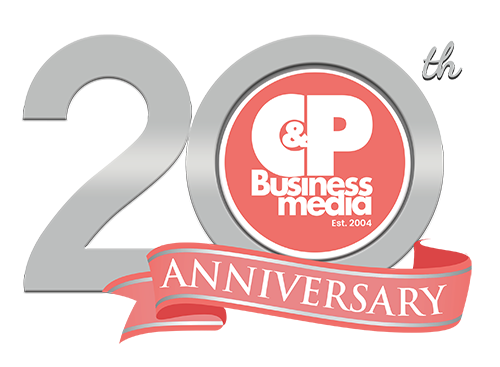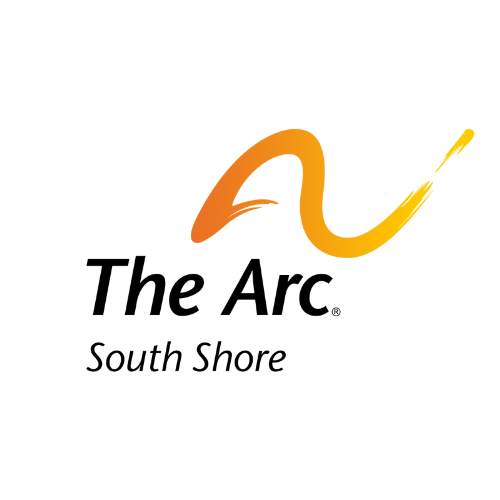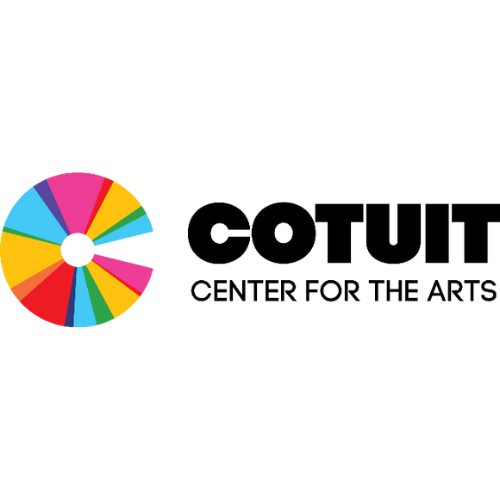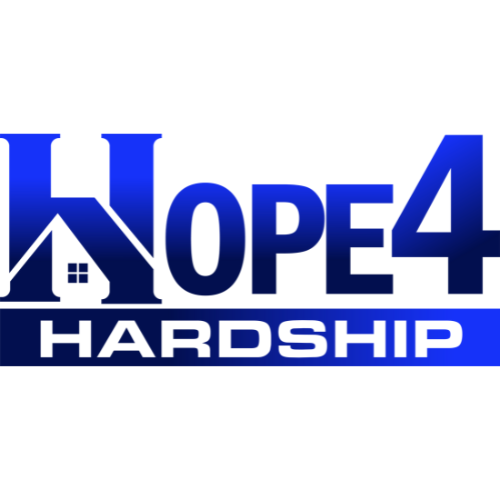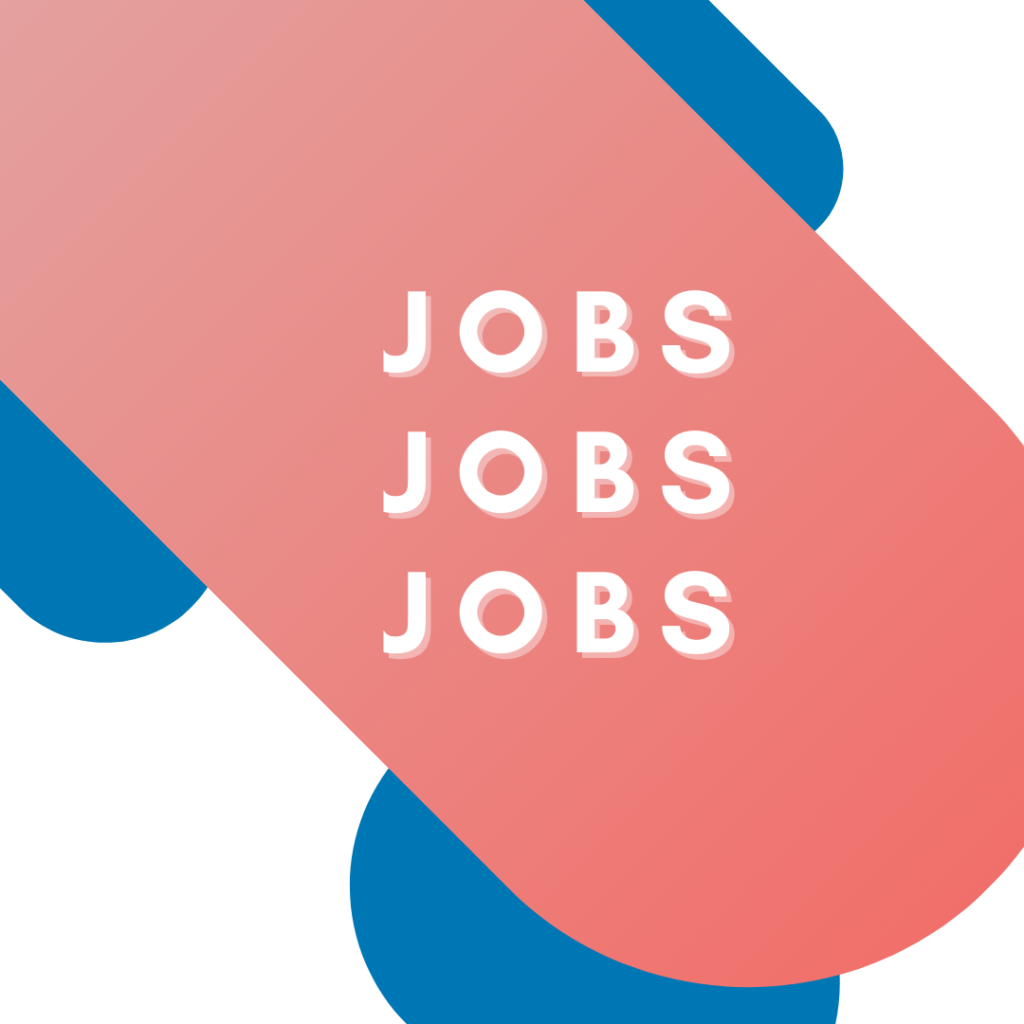The new digital world has helped small business owners focus on hiring, managing, retaining and developing their workforce.
Jim Collins, in “Good to Great,” advises that it is not just about getting the right people on the bus, it is getting them in the right seat. A new wave of digital tools have put the controls in the hands of owners and managers to nurture and grow the next generation of workers and leaders. Tools such as LinkedIn, CareerBuilder and Monster.com enable businesses and employees to connect. Tools such as Freelancer.com, Toptal and Upwork have made the connection with independent contractors a click away. McKinsey Global Institute (MGI) estimates that a business can reduce its employee-related costs by 7 percent by applying the use of technology in the recruiting, hiring, onboarding and managing of its workforce.
Today’s employee knows far better his or her value than prior generations of workers since the digital world has made human resources transparent. The digital platforms provide ease of movement from one job to another since new opportunities are open for all to view and act upon. Digital tools can also assist in locating prospects who are not in the market because they are online with sites that capture their attention.
Effective onboarding starts a new employee’s journey on the right foot. New digital platforms provide rapid onboarding experiences that engage the new workers easier, faster and allows them to feel more valued. Appical and LearnUp are companies that offer onboarding systems to integrate the newbie into the ranks of the organization.
According to MGI, retailers with multiple stores suffer really high turnover – as high as 75 percent per year. The core requirement for a new retail recruit is having outstanding people skills. Since the process of recruiting, hiring and training is rapid, digital technology has assisted in this process.
Most small businesses do not have these systems in place. Michael Gerber, in his book “eMyth Revisited,” talks about businesses moving from the “technician” stage where the small business owner is really good at what he does, e.i., painting, auto repair or appliance service, to the “systems” stage. Adopting digital technology beyond accounting, like QuickBooks, point of sale, like Square, and inventory control is part of the “systems” phase that precedes the “entrepreneurial” level of the life cycle of the enterprise. Adopting digital platforms that focus on the human capital of a business can actually reduce the cost of having a workforce by undertaking some of the day-to-day interactions. Customer service can even be boosted by reducing attrition and retaining valuable employees, an issue that many small businesses experience.
When you are putting so much of yourself into your small business, it can be easy to think of human resources as a line item or fixed cost with few variables. But as your small business grows, focusing on your human capital can have an enormous positive impact on your bottom line, as long as you can keep up with the exponentially-increasing amount of time, thought, and effort it takes to respond to employees’ needs.
When done right, HR leads to a host of long-term benefits, including faster communication between employees, improved employee engagement, and more successful recruiting as your business gains a reputation for professionalism and competence. There comes a point in the growth of every small business when it’s time to stop bootstrapping and invest in the right HR software. Several examples of digital packages that are designed for small businesses are Paycor and Monday.com.
Paycor focuses on recruiting, managing, payroll and people development. It automates tasks like payroll, recruiting, onboarding, scheduling and reporting. It provides payroll processes for local, state and federal, and transparency in all employee data without switching platforms. Paycor has learning and personalized training for onboarding and personal development.
Monday.com is a digital platform that manages hiring and onboarding to performance tracking and service. It has capability for recruitment, onboarding, employee wellness, engagement and performance management, off-boarding, and quality-of-hire management, human resources and time management.
Hiring the right staff and having them in the right job, then retaining them so you don’t have to continue to cycle can be done through the use of digital technology, which allows for onboarding to begin upon acceptance, not on the first day of work, training that can be undertaken at the convenience of the team member, and communications vertically, horizontally was well as between organization workers.
Contributed by Marc L.Goldberg, Certified Mentor, SCORE Cape Cod & the Islands. Contact us for free and confidential mentoring at www.capecod.score.org, capecodscore@scorevolunteer.org or 508-775-4884.
